Bur Oaks
Why do so many sentinel bur oaks grace farm fields in Caledon and other parts of southern Ontario?
Bur oaks spread their muscular limbs on the Peel Plain, the flat agricultural land of south Caledon. Most of the large standalone trees in farm fields are this species.
Like all old trees, these oaks are guardians of time; their presence on the landscape speaks of connections to the past and sparks intriguing questions.
Why do so many sentinel bur oaks grace farm fields in Caledon and other parts of southern Ontario? Bur oaks are far from the most common of our native trees. They’re not even the most common species of oak – red oaks, with the familiar sharp-lobed leaves lay claim to that title.
One reason bur oaks are able to flourish in farm fields is their affinity for sun and dry conditions. In mid-continent, bur oaks can colonize open prairie given the opportunity. Large bur oaks can even withstand grass fires due to thick, protective bark.
So the ability to thrive in open landscapes might explain their long-term tenure on our agricultural landscape, but this doesn’t necessarily explain why farmers planted them.
Perhaps their nutritious acorns are the key. Bur oak acorns contain less bitter tannin than red oak acorns and are very appealing to wildlife, including deer. So here’s a stretch – did farmers plant bur oaks to lure deer? Was venison the objective – a welcome dietary change for farm families in the pre-supermarket era?
There are likely farmers around, approaching the vintage of some of the younger bur oaks, who could set me straight on the reasons they were planted.
Regardless, we should take up spade and shovel and plant them too. Along with their abilities to thrive in sun and drought and feed wildlife they can tolerate modern insults like pollution and soil compaction. The early farmers of Peel left us a legacy of regal trees. We should do the same for future generations.
Question: Can anyone explain why bur oaks were planted in Peel so many years ago?


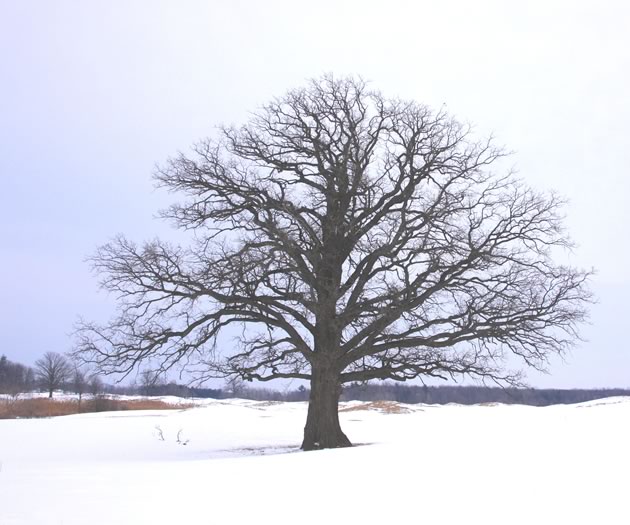

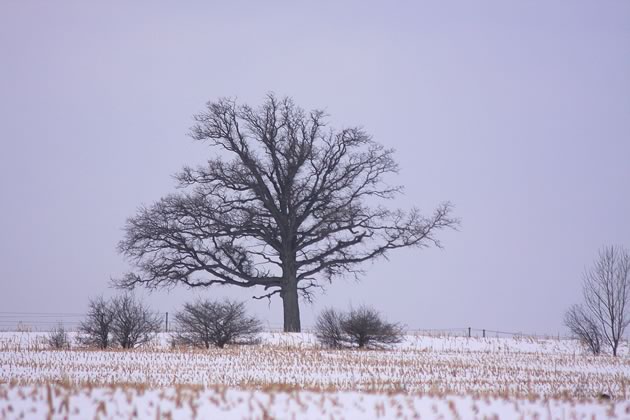
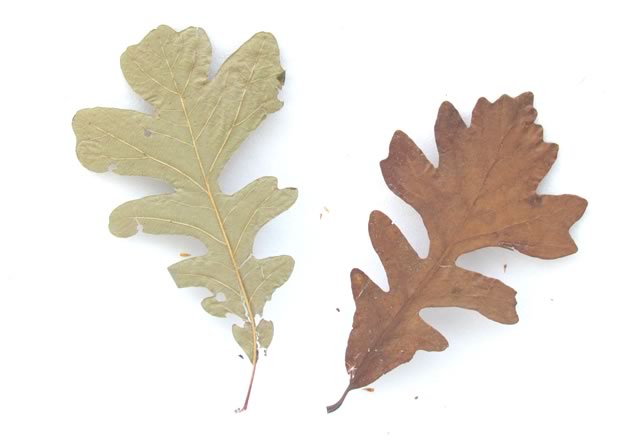
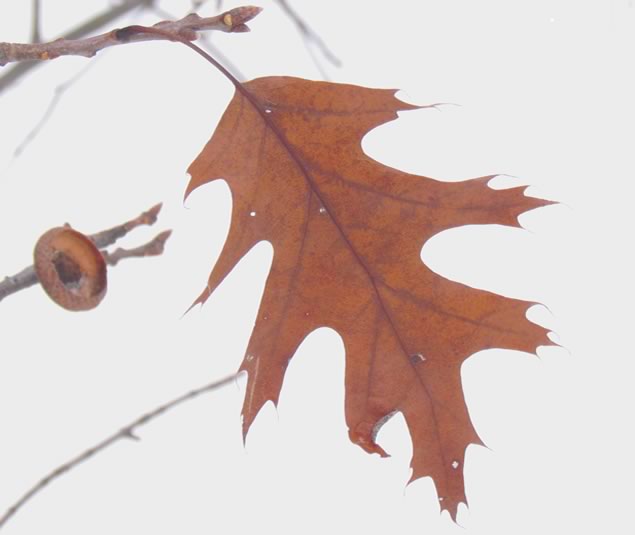
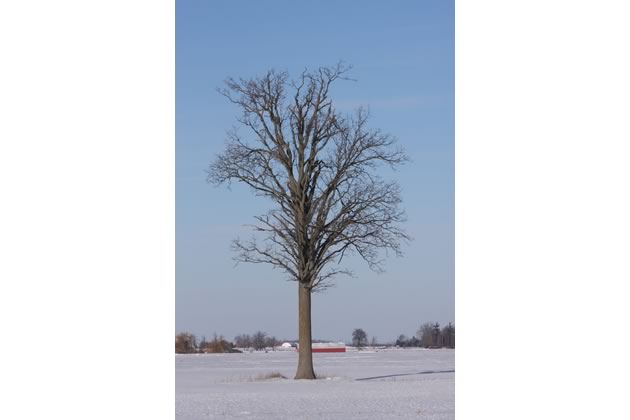
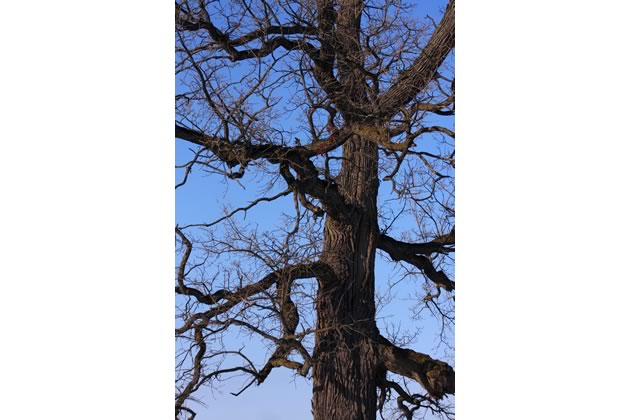
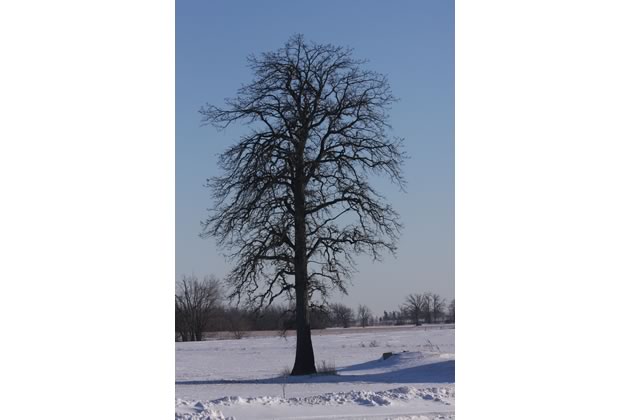






Planted as shade for livestock that would be pasturing in the fields and commonly situated on the fence rows so they did not take up too much space in the field which would interfere with the tilling as the fields would be rotated from pasture/hay into grain fields.
The oaks may look somewhat prevalent but that is because the elms have mostly died off.
MARY LOU TATTON from BURLINGTON, ONTARIO on Mar 7, 2015 at 11:57 am |
Thanks Mary Lou! Your explanation rings true. So the presence of these oaks reminds us the more pastoral landscape of earlier years. Elm trees, of course, with their magnificent spreading crowns would have been ideal shade trees for cattle. (I’m old enough to remember far more of them on the landscape.)
Still, it’s interesting to ponder the presence of so many bur oaks – the most common big, standalone trees in many agricultural areas. They offer shade, but so do other trees like sugar maples and red oaks. Were bur oaks in particular, selected by farmers or did their ability to thrive in open conditions simply allow them to outlast other trees?
Don Scallen from Canada on Mar 8, 2015 at 10:40 am |